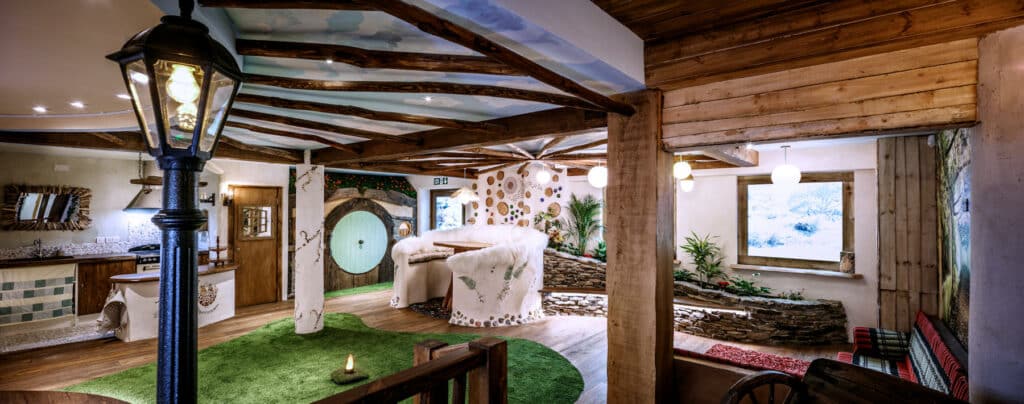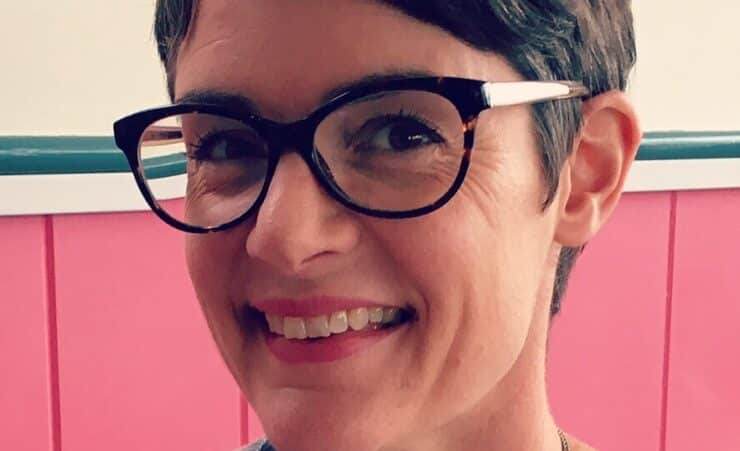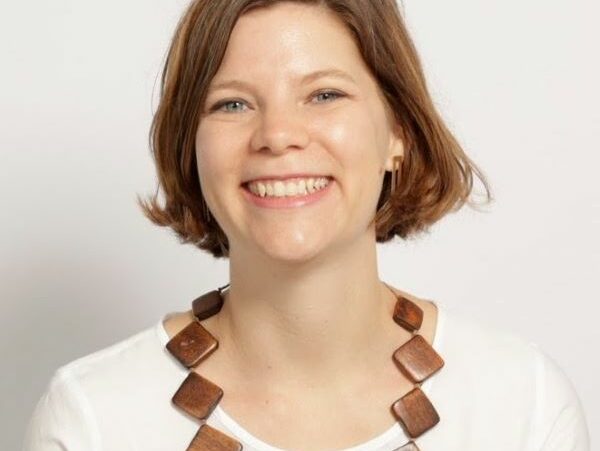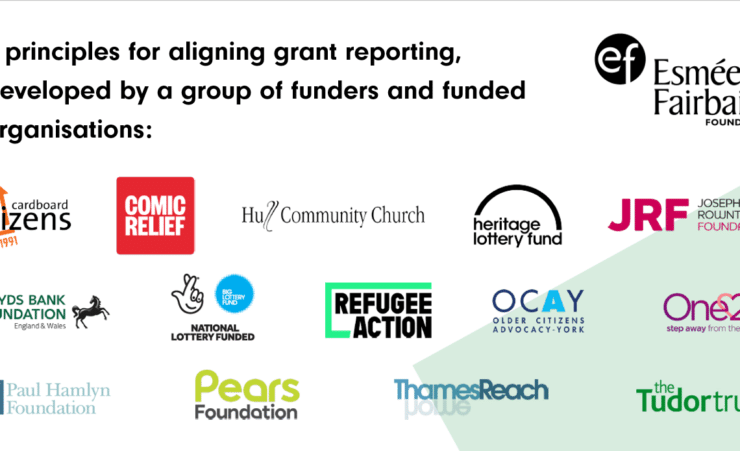
Freedom to report… visually
Anne Dannerolle, CEO of Hull Community Church, was part of a group of funded organisations and funders who developed the New Principles for Grant Reporting, which are currently being tested. Here she shares her experience of reporting to The National Lottery Community Fund.
As a small charity, working in the inner city in Hull, life gets very busy. Although funding is a massive part of what we do, writing reports is not my favourite pastime! As anyone running a small charity knows, when you’re the leader/manager you find yourself involved in everything. So finding time to sit down and write reports isn’t easy.
We were finishing the third year of our National Lottery Community Fund project when I received an email offering us a new way of reporting progress. I sent this along to our treasurer, who gathered the financial information needed and jokingly replied, “I think you should take up their offer to be creative and maybe produce a short film instead of writing a report :)” – he didn’t expect me to take him seriously!
But that got me thinking – why not? Our work is so visual, and so full of stories of people and lives changed, that a video would convey this much better than a written report. I hate being in front of the camera, but I am okay speaking to a room full of strangers about our work. So I took the Lottery’s guidance sheet which told me everything they wanted to know looking back over the last 12 months. Then I found a quiet room, set up a recording device, and just started talking. After 5 mins or so, it stopped feeling weird and it started feeling like I was telling someone about our year and everything that had happened. It felt liberating to be able to share the stories, to talk about the community involvement, changes, strengths and developments, and those who had volunteered and benefitted from our work. I spoke about the things we were most proud of, as well as the challenges that we had faced. I probably got most excited when talking about the difference our project had made, and I was able to tell stories about people’s lives.
It was only one step more to add photographs to the sound recording, and there we had our video. Probably an hour’s work in total. I would definitely recommend this as a way of reporting on a funded project. It helped us capture the true nature of our work, without being burdensome. This was our funding officer’s response to the video report:
‘You were the first project to submit a video rather than a written report and I was a little apprehensive about how easy it was going to be to capture the information we needed so I have to thank you for such a clear and well-presented report. The photographs and case studies you included really brought the project to life, giving me a real sense of how involved your community are in the work you all do and I also really enjoyed it watching – it was a breath of fresh air!’
So here’s the challenge: think about how the reporting you do for yourselves, your community and the funder is meaningful for you all. How are you telling your story?


